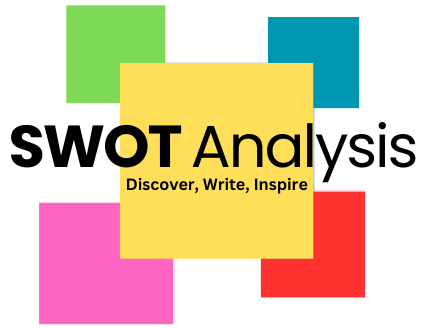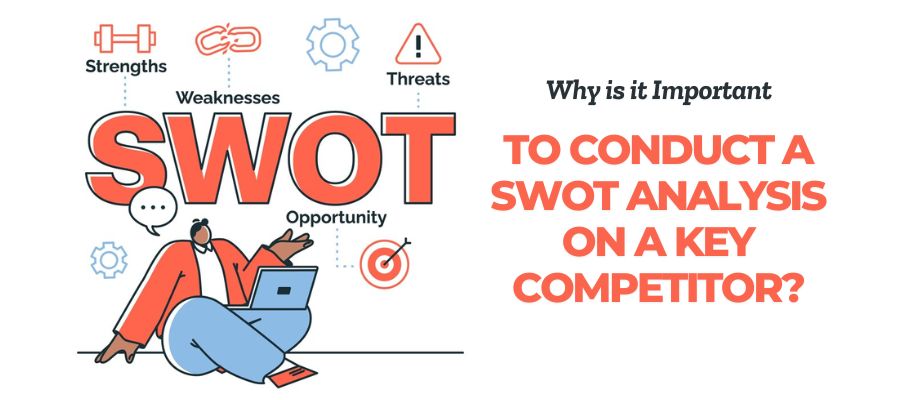Strengths in a SWOT Analysis refer to a company’s internal capabilities that give it an edge in the market. These strengths are resources, skills, or unique attributes that a business leverages to remain competitive and achieve its objectives. For any organization, identifying strengths is the foundation of a successful strategic plan.
Understanding the Purpose of Identifying Strengths
Identifying strengths allows companies to focus on what they do well, or “things a company does well,” in their industry. By recognizing these strengths, businesses can develop strategies to enhance their market position, attract new customers, and improve sales and market growth.
Why Strengths Are Essential to Strategic Planning
Knowing a company’s strengths is critical to strategic planning as it allows organizations to:
- Leverage strengths to tackle threats and opportunities.
- Differentiate from competitors.
- Capitalize on capabilities to meet customer needs.
- Identify areas of competitive advantage.
How to Define Strengths in a SWOT Analysis
When defining strengths in a SWOT analysis, consider both tangible and intangible assets. This includes skills, resources, and unique advantages that set the organization apart from competitors.
A. Common Types of Strengths: Skills, Resources, and Unique Advantages
- Skills: Expertise in specific fields or industries.
- Resources: Financial strength, technological advancements, patents, or unique assets.
- Unique Advantages: Company culture, brand reputation, and customer loyalty.
B. Examples of Strong Statements for Different Industries
In a SWOT Analysis, a well-defined strength statement might look like:
- Retail: “Extensive product range that caters to diverse consumer preferences.”
- Technology: “Proprietary AI software that enhances data analysis for clients.”
- Healthcare: “Highly qualified medical professionals with specialized expertise.”
Which Statement Best Describes Strengths in a SWOT Analysis?
Strength statements in a SWOT Analysis are most effective when they provide clear, actionable insights. But which statement best describes strengths accurately?
A. What Makes a Statement Effective?
An effective strength statement:
- Is specific and measurable.
- Reflects a real advantage in the company’s current capabilities.
- Clearly shows how it benefits the organization’s goals.
B. Tips for Highlighting Core Strengths
- Be Honest and Objective: Avoid exaggeration, focus on factual strengths.
- Use Evidence: Support strengths with data, such as market research or customer feedback.
- Connect to Goals: Show how the strength aligns with the company’s strategic objectives.
Key Statements That Accurately Reflect Strengths
Writing strong statements in a SWOT analysis helps capture the business’s best attributes. Here’s a breakdown:
A. Examples of Strong and Effective Statements
- Financial: “High cash flow enables us to invest in cutting-edge technology.”
- Customer Service: “Customer satisfaction rate of 98%, enhancing brand loyalty and retention.”
- Market Positioning: “Market leader in renewable energy solutions within the residential sector.”
B. Avoiding Vague Language: Be Specific and Clear
Vague descriptions can weaken the strategic impact of strengths in a SWOT. For example:
- Instead of “Good brand reputation,” try “Strong brand reputation in the eco-friendly product segment, leading to a 20% increase in customer loyalty.”
How to Leverage Identified Strengths for Success
A. Using Strengths to Address Opportunities and Threats
The real power of a SWOT Analysis lies in using strengths to capitalize on opportunities and mitigate threats. For instance:
- Opportunity: Expanding into a new market. Leverage a well-known brand name to attract customers.
- Threat: Facing new competitors. Use high-quality service standards to retain customers.
B. Incorporating Strengths into Broader Strategy Plans
In strategic management, strengths are key tools in building plans to:
- Enhance market presence by promoting well-regarded attributes.
- Expand product lines that capitalize on existing resources.
- Attract partnerships by demonstrating strong brand values.
Common Mistakes to Avoid When Describing Strengths
A. Overgeneralizing or Overstating Capabilities
Exaggeration can lead to errors in strategic planning. Avoid overstating strengths, such as saying “We are the best in the industry,” without supporting evidence.
B. Ignoring Supporting Evidence for Claimed Strengths
Support each strength with quantifiable data. For example:
- Instead of saying, “We’re innovative,” provide examples of recent product developments.
Conclusion
Understanding strengths in a SWOT Analysis is essential to building an actionable, well-informed business strategy. When companies accurately describe their strengths, they can confidently pursue new opportunities and handle challenges effectively. By using specific, honest statements, companies can leverage their strengths to enhance their market position and drive growth.
Also Read: What Are Two Reasons a Firm Would Use a Swot Analysis?
background:wlt1zjjr8ju= cute wallpapers
FAQs
1. What Is the Difference Between Strengths and Opportunities in SWOT?
Strengths are internal factors that the company controls, like expertise, assets, or market position. Opportunities are external factors that could potentially benefit the company, such as market trends or regulatory changes.
2. How Do I Describe Strengths in a SWOT Analysis?
Describe strengths by focusing on specific attributes that set your company apart. Use facts, data, and customer feedback to support your statements.
3. What Makes a Good Strength Statement in SWOT?
A strong statement is specific, measurable, and aligned with the company’s strategic goals. It should demonstrate how the strength provides a competitive advantage.
4. Can Strengths Include Both Tangible and Intangible Assets?
Yes, strengths can include tangible assets like patents, and intangible assets like brand reputation or corporate culture.
5. Can I Include More Than One Strength in My SWOT Analysis?
Yes, most SWOT analyses include multiple strengths that collectively define what the company does best and its competitive position in the market.





